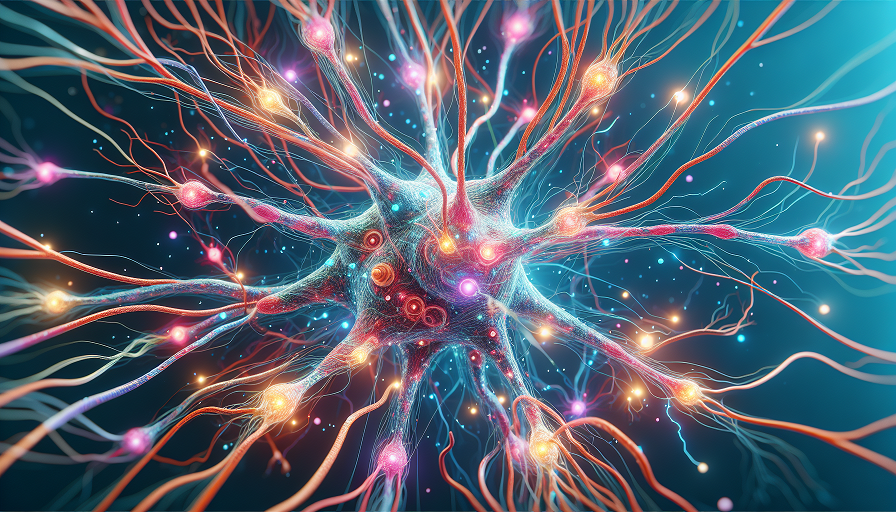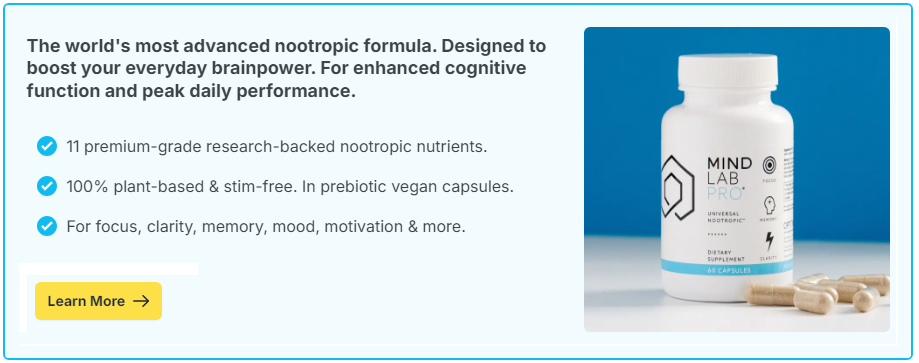
In the vast field of brain health, there’s been a growing buzz around nootropics—supplements that claim to enhance cognitive abilities. While much of the conversation focuses on their potential to improve memory or concentration, there’s a growing interest in how these substances might benefit those in creative fields.
Contents
Understanding Nootropics
Nootropics, often dubbed “smart drugs,” are substances believed to enhance cognitive performance. The term is derived from the Greek words “nous,” meaning mind, and “trepein,” meaning to turn or bend. Essentially, they’re meant to tweak our mental faculties. While some nootropics are natural, others are synthetic, created in labs to specifically target brain function.
Types of Nootropics
Nootropics can be broadly divided into the following categories:
- Prescription Nootropics: These are drugs prescribed by doctors to treat conditions like ADHD or narcolepsy. Examples include Adderall and Modafinil.
- Over-the-Counter (OTC) Nootropics: These are available without a prescription and are typically supplements made from vitamins, herbs, or amino acids. Examples include Ginkgo Biloba and Omega-3 fatty acids.
- Synthetic Nootropics: Compounds like Piracetam fall under this category, where they are engineered to boost brain health and function.
Creativity and the Brain
For visual artists, creativity isn’t just a preference but a necessity. Creativity involves various parts of the brain working in harmony. Here’s how:
The Role of Brain Connectivity
The creative process starts with making connections between seemingly unrelated ideas. This requires various areas of the brain to communicate effectively, allowing artists to develop new ideas and solutions spontaneously.
Flow State
Many artists aim to achieve a “flow state,” where they become entirely absorbed in their work, losing all sense of time. This state of mind is characterized by heightened focus and enjoyment. When artists are in flow, their brain releases chemicals like dopamine, which enhance concentration and mood.
How Nootropics May Benefit Artists
As artists constantly seek to improve their craft, can nootropics provide any real benefits? Let’s break this down:
Enhanced Focus
One potential benefit of some nootropics is improved concentration. Artists often require prolonged periods of intense focus to complete their work. Nootropics that enhance attention can help minimize distractions, allowing a deeper dive into the creative process.
Boosted Creativity
There’s a hopeful possibility that nootropics can support the brain’s creation of new pathways, enabling more innovative thinking. Supplements like Lion’s Mane Mushroom or L-theanine are believed to support neural growth and enhance mood, which may indirectly influence creative output.
Improved Mood
An artist’s emotional state plays a significant role in their creative process. When an artist feels balanced and positive, their work can reflect that state. Nootropics that enhance mood, like Rhodiola Rosea, can potentially help artists remain motivated and inspired.
Popular Nootropics for Creativity
While ongoing research is crucial, several nootropics are gaining popularity among creatives for their perceived benefits:
Caffeine with L-theanine
Perfect for starting your morning, the combination of caffeine and L-theanine is said to improve attention and promote relaxation without the jittery feeling caffeine can sometimes provide on its own.
Lion’s Mane Mushroom
This natural nootropic is touted for its neuroprotective effects. It may promote nerve growth and could assist in brain plasticity, making it beneficial for long-term cognitive health.
Creatine
Often associated with bodybuilding, creatine also offers cognitive benefits. It might help with short-term memory and reasoning, potentially giving artists an edge in conceptualizing new work.
Ginkgo Biloba
A traditional supplement, Ginkgo Biloba has long been used to improve memory and circulation. Better brain circulation could mean more resources available to feed creativity.
Considerations Before Trying Nootropics
Before incorporating nootropics into your routine, it’s essential to consider a few points:
Consult a Professional
Always consult with a healthcare provider before starting any new supplement, especially if you are taking other medications or have underlying health conditions.
Monitor Effects and Dosages
Keep a journal tracking how different nootropics impact your creativity and overall well-being. This practice can help you identify which supplements are helpful and ensure you’re taking them safely.
Natural Isn’t Always Better
Even though many nootropics are natural, they can still have side effects. Research each new supplement thoroughly and understand both its short-term and potential long-term impacts.
Crafting a Personal Plan
Ultimately, the potential integration of nootropics and brain supplements into an artist’s routine should be regarded as a personal endeavor. Artists should approach this facet of their health with curiosity and caution, crafting a plan that aligns with their individual health needs and creative goals. This exploration might lead to discovering a unique combination that harmonizes with their artistic practice, thereby enhancing both productivity and creative satisfaction.
While research continues to expand our understanding of these supplements, artists can embrace the journey of self-discovery. Through trial, observation, and professional guidance, visual artists can determine if and how nootropics or brain supplements can become allies in their pursuit of artistic excellence.
The Artistic Journey and Brain Health
Creating art is an intensely personal and enriching experience. While nootropics hold the promise of enhancing cognitive function, they are not magic pills that replace hard work, dedication, or passion. Each artist’s journey is unique, and finding what best supports that journey is part of the creative process itself. Whether or not one decides to include nootropics, understanding brain health and exploring ways to nurture creativity can profoundly impact an artist’s life.
In the end, the world of nootropics is vast and varied. As artists look for ways to support their creative endeavors, staying informed and open-minded to new strategies—including nootropics—can be worthwhile. Whether a sculptor, painter, or another type of visual artist, nurturing both mind and creativity through thoughtful choices can lead to more fulfilling artistic experiences.

